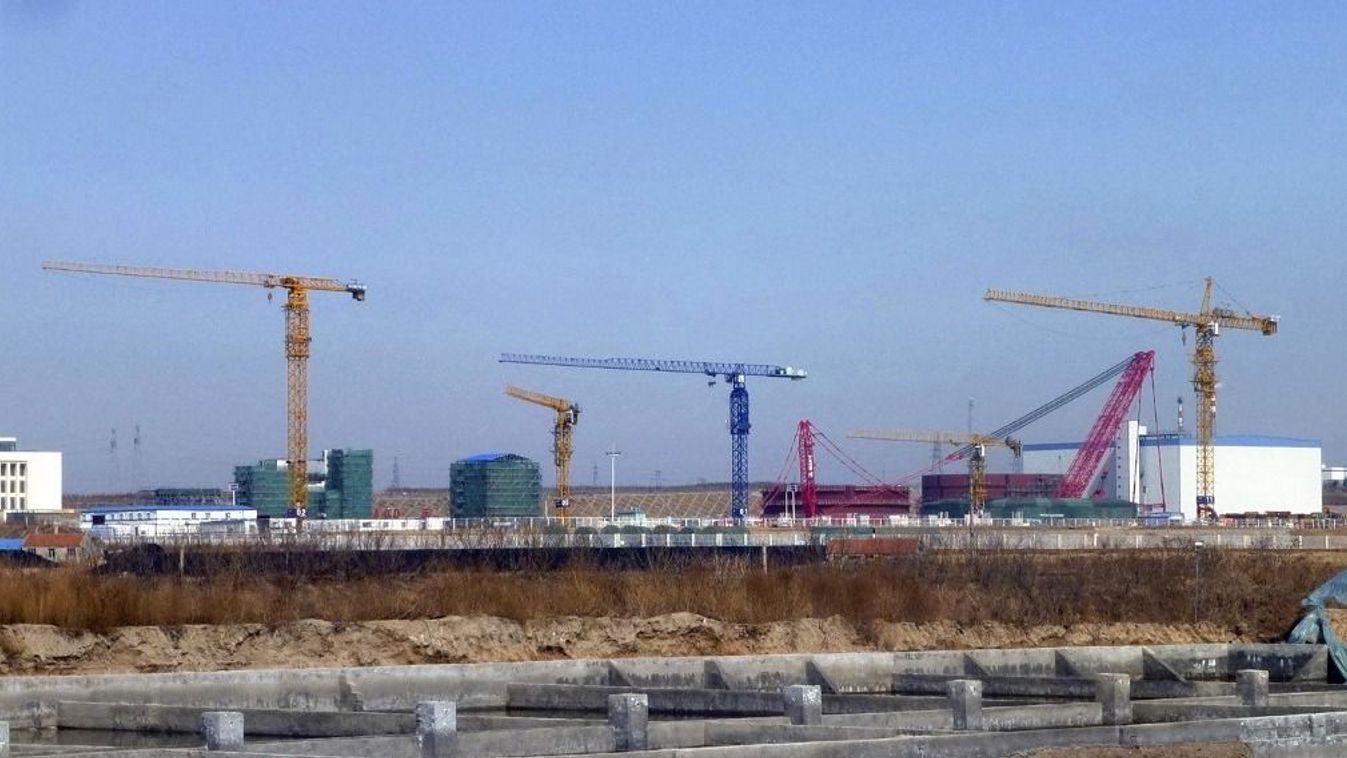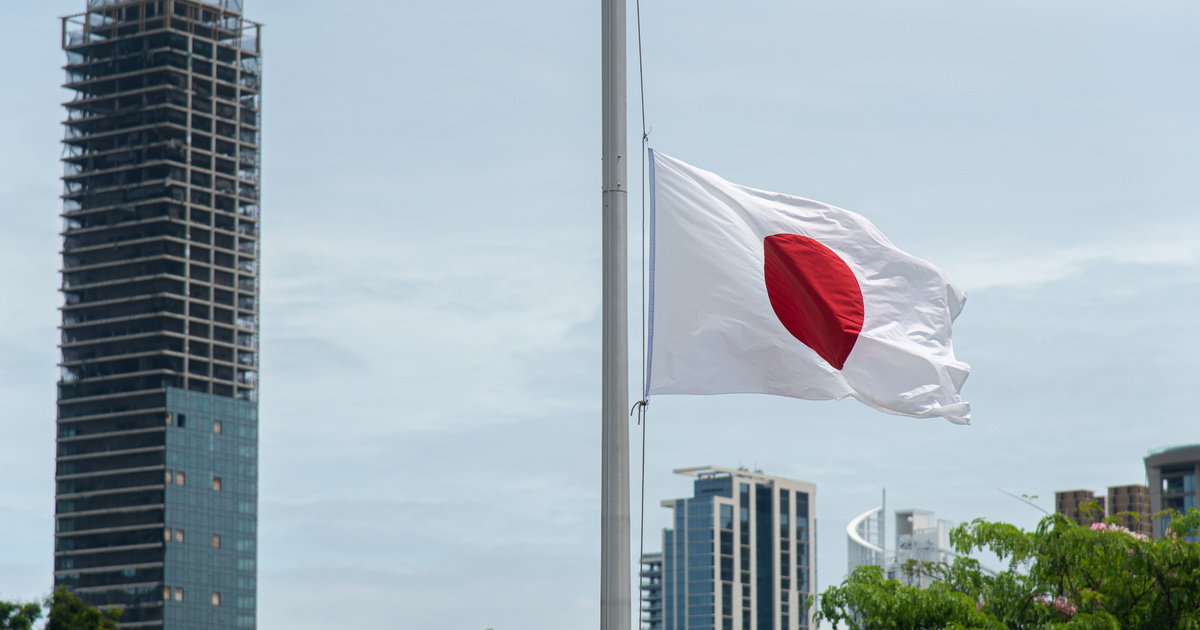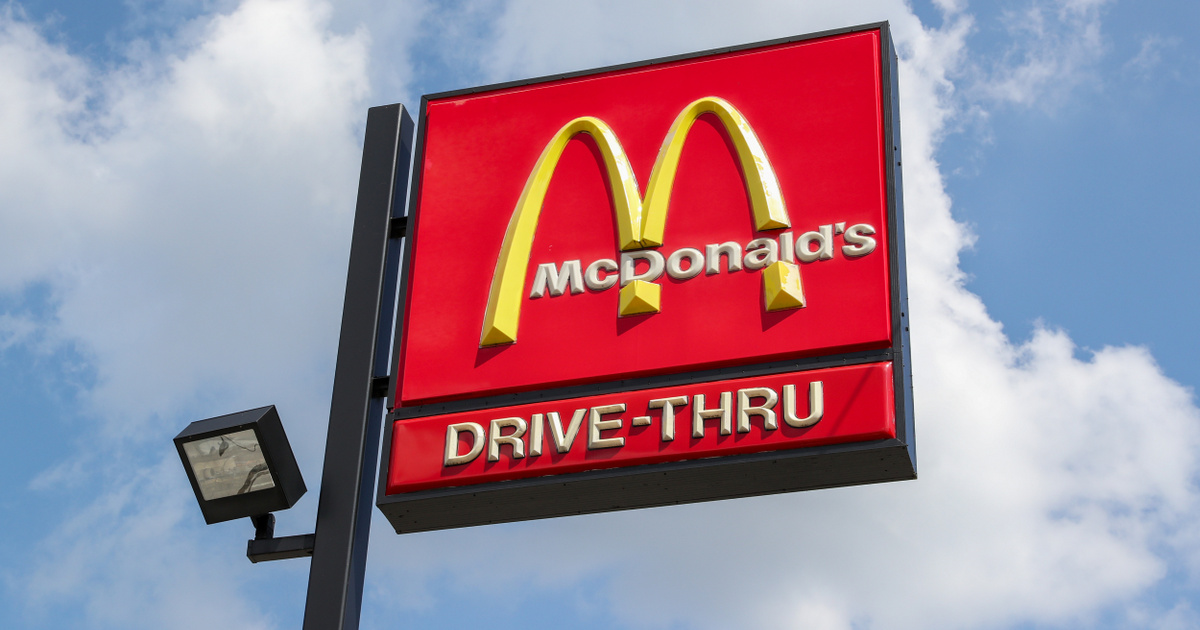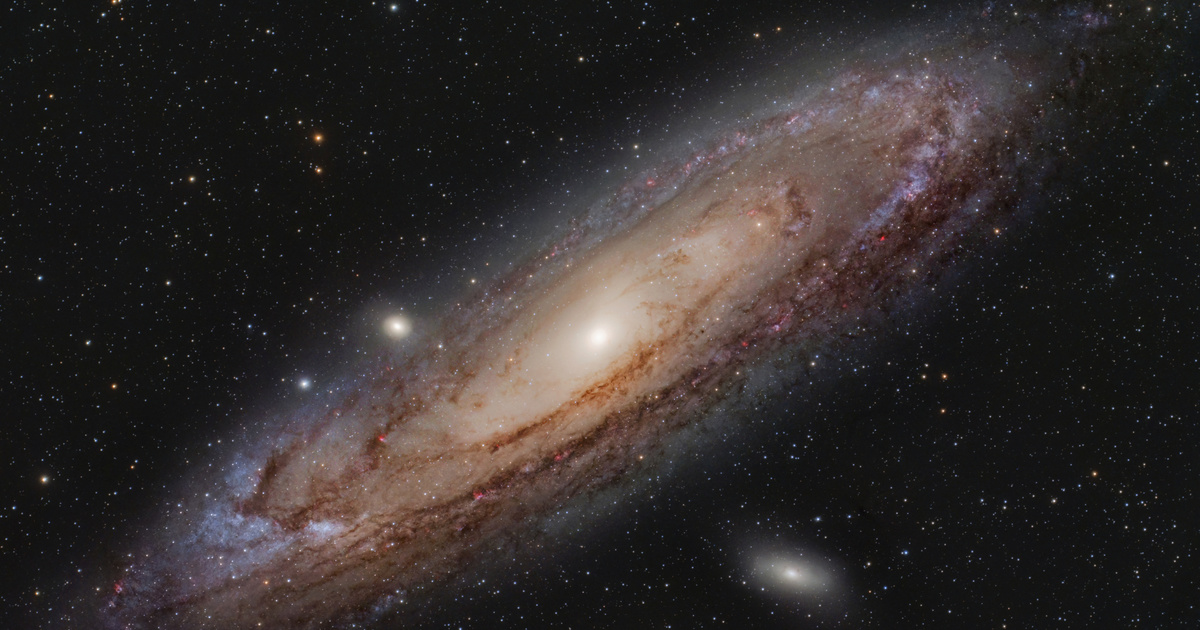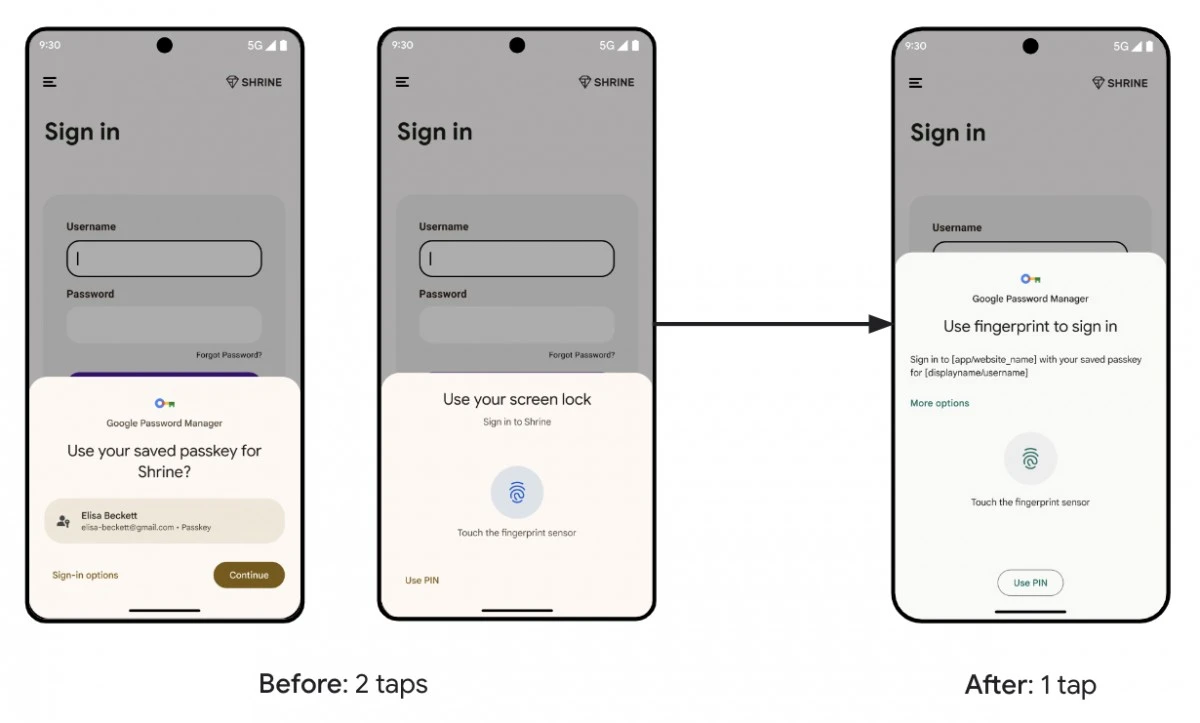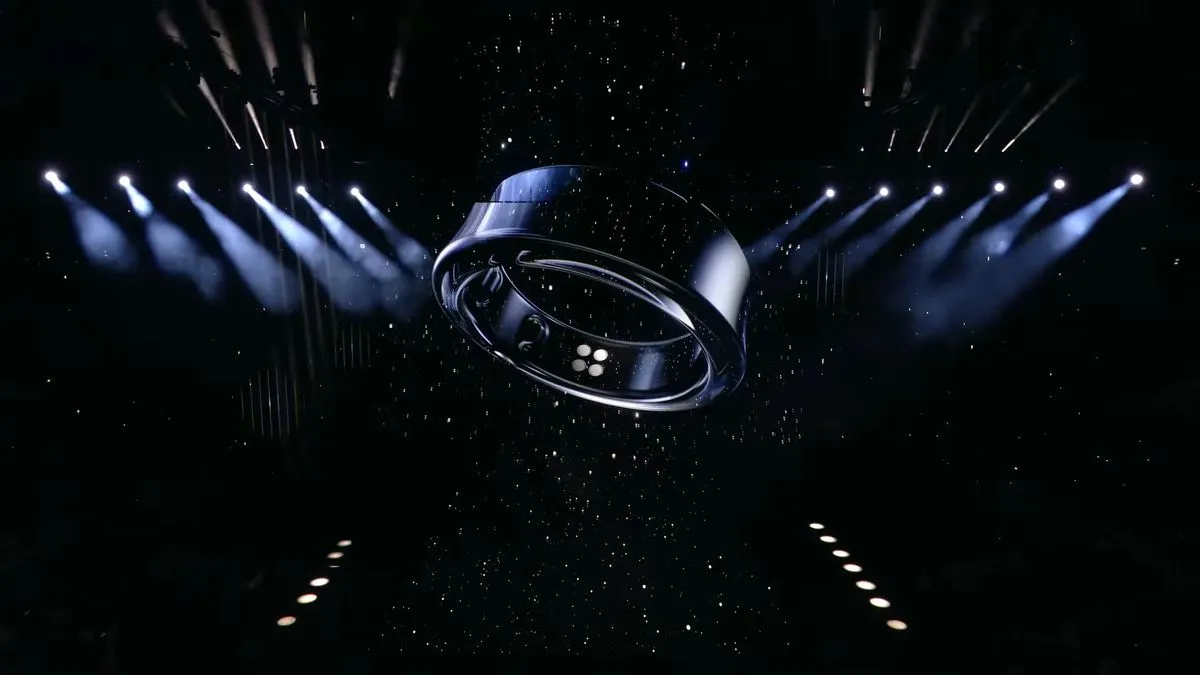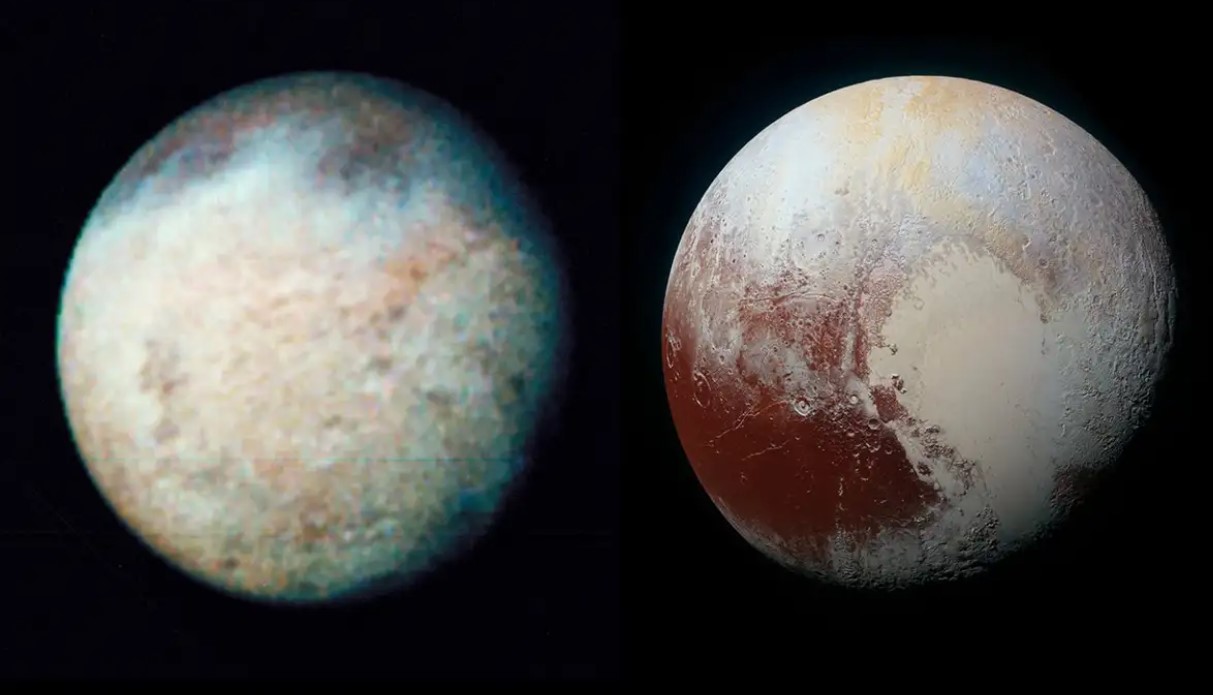The US National Hurricane Center reported that Hurricane Ida, which is approaching the southern coast of the United States, climbed to four degrees on Sunday on the five-point Saffir-Simpson wind speed scale measuring tropical cyclones.
The eye of the hurricane was about two miles south of Houma, Louisiana, about two hours north at night, 120 miles northwest of the mouth of the Mississippi River.
Experts say the storm could hit the area as early as Sunday afternoon with local winds gusting between 209 and 215 km/h.
Louisiana Governor John Bel Edwards said they are trying to free up as many hotel rooms as possible to accommodate as few evacuees as possible from the hurricane-prone area.

This will be important because the coronavirus epidemic has intensified again in the past few weeks in the southern states of the United States. Because of less vaccination and a more contagious delta variant than previous variants of the virus, most New Orleans hospital beds are occupied.
Hurricane Ida intensified so suddenly that even if it were announced, it would not be time to carry out the forced evacuation of all 390 thousand residents of the city.
So local authorities and Mayor LaToya Cantrell just called on New Orleans residents to seek voluntary shelter from the potentially devastating storm.
Sixteen years ago, on the same day in August, Hurricane Katrina, a Category 3 hurricane, hit the southeastern United States on the Saffir-Simpson scale, killing more than 1,800 people. The storm at the time caused the most damage in New Orleans, after about 80 percent of the New Orleans area was inundated due to deficiencies in the dam system protecting the city. Hurricane Katrina was one of the most destructive hurricanes in United States history. The damage caused by the disaster was estimated at more than $108 billion.





